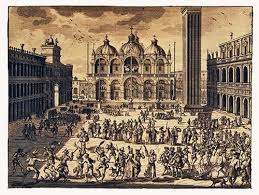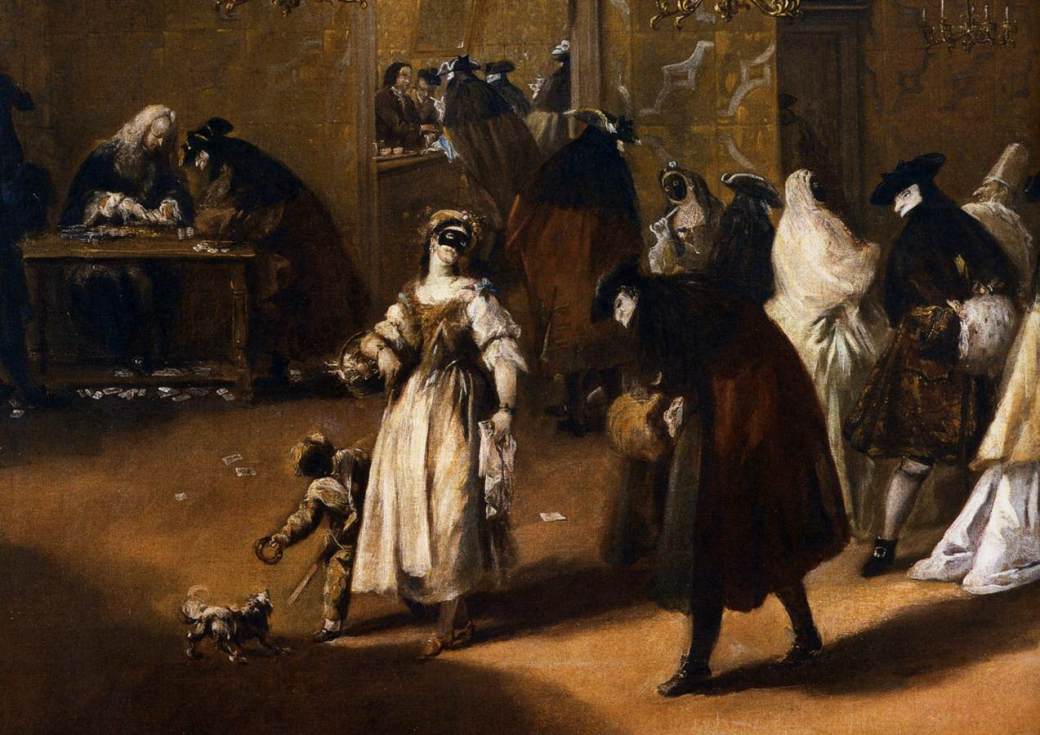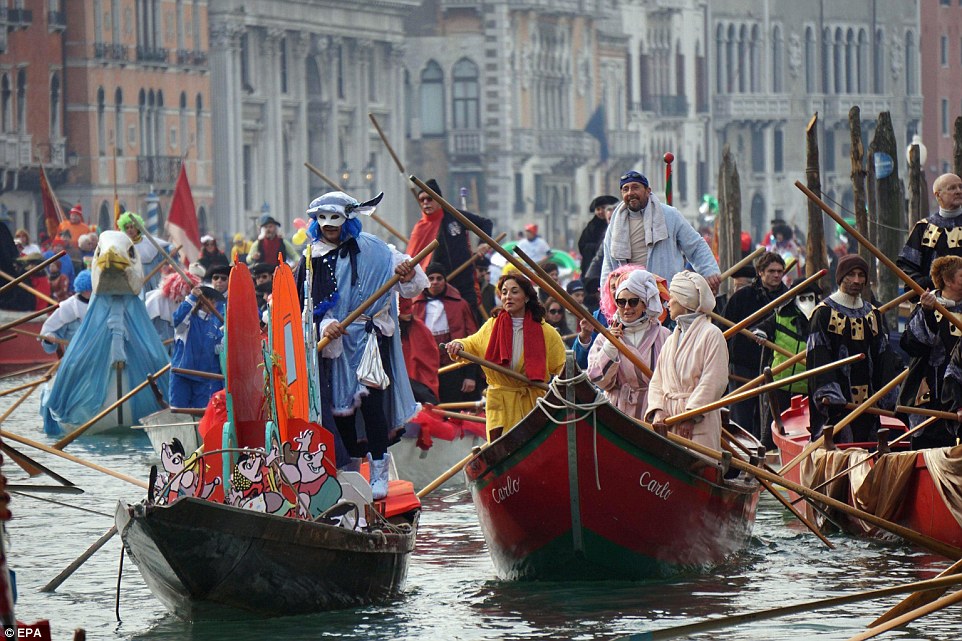Thousands of people wearing masks, crowding the streets and the canals of Venice; hundreds of cultural events (dances, concerts, religious festivals, dinner shows, mask contests, etc.) lighting up the city, giving new life to the “City on the Lagoon”. Welcome to the “Carnevale di Venezia”, one of the most spectacular and joyful events in the world.
The word carnival (Italian: carnevale) has an ancient origin. According to some, it comes from the Latin carnem levare or carnelevarium, which means to take away or remove meat. In fact, it was developed around the Roman Catholic festival of Lent and carnevale is associated with the pre-Lenten practice and around Martedí Grasso (Fat Tuesday).

The birth of the Carnival can be dated back to the celebration of Doge Vitale Michieli II’s victory over Ulrich II of Treven, Patriarch of Aquileia in 1162. Ulrich II was taken prisoner together with 12 vassals who were allied to the feudal Friulians in a rebellion against the Republic’s (Italian: Serenissima Repubblica di Venezia) control over the territory of Grado. Ulrich was eventually released on the condition that he pay an annual tribute to Venice in the form of 12 loaves of bread, 12 pigs and 1 bull. During this period a tradition began of slaughtering a bull (representing Ulrich) and 12 pigs in the Piazza di San Marco around Fat Thursday to commemorate the victory.
Within the years Carnival became an opportunity to break down all social differences and get everyone on the same level: some days during which every citizen could forget life problems and frustrations, enjoying this popular festival with all the city. The mask was the very symbol of this game, necessary to bring equality and freedom. Wearing masks and costumes people could completely hide their identity therefore eliminating all forms of personnel belonging to social class, gender, religion.
The first documented sources mentioning the use of masks in Venice can be found as far back as the 13th century, describing the practice of masked men throwing scented eggs at ladies and its prohibition by the council (Venetian Laws, 1268 May).

After the fall of the Venice Republic in the end of XVIII century, the Carnival was banned by the French and Austrian domination. Prohibited also by Mussolini’s fascist party during the 1930’s, the festival eventually resurrected in 1979, when a group of citizens from civic associations helped to create the new edition of the Venice Carnival. Since then the annual “Carnival of Venice” has grown to become an internationally renowned event, celebrated by tourists and Venetians alike. Of the many different types of events celebrated each year during the carnevale the Gran Ballo della Cavalchina at the Teatro La Fenice (The Feniche Theatre) is considered as the the most spectacular and exclusive of all the Venetian masked balls.
This year Carnival will last from February 11th to the 28th, offering an extremely various choice between different events: from the “Nordic Walking Carnival” to the Best Mask Contest; from the “Festa veneziana on the water” to the “Pantomima pae Mariae”.
More info at this link: http://www.carnevale.venezia.it/en/


